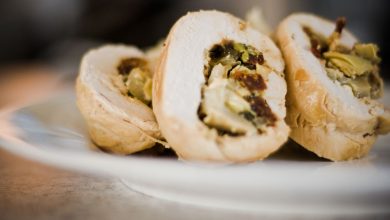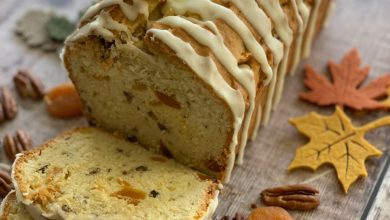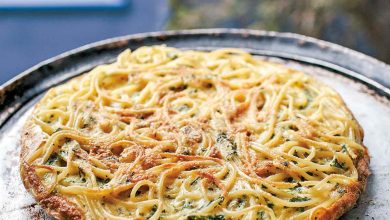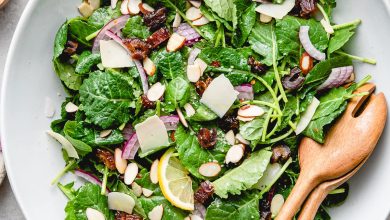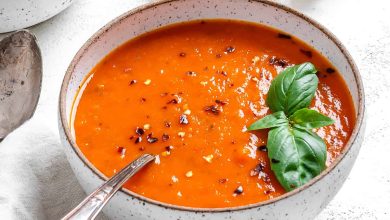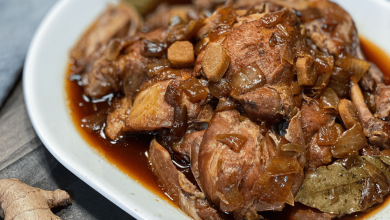Air buns, also known as light and fluffy buns, are a type of bread roll that is characterized by its airy and soft texture. Here’s detailed information about air buns, including their history, components, preparation steps, and approximate preparation time:
History:
Air buns have their origins in various cuisines around the world. They are a popular type of bread roll commonly served as a side dish or used for making sandwiches. The exact history of air buns may vary depending on the region and the type of bread, but the concept of creating light and fluffy bread has been around for centuries.
Components:
The basic components of air buns are:
- Flour: All-purpose or bread flour is typically used as the main ingredient.
- Yeast: Yeast is responsible for the leavening, which creates the airy texture.
- Water or Milk: Liquid is used to hydrate the dough.
- Sugar: Sugar adds sweetness and helps activate the yeast.
- Salt: Salt enhances the flavor of the buns.
- Butter or Oil: Fat adds moisture and flavor to the buns.
Steps to Prepare Air Buns:
-
Proof the Yeast: In a small bowl, combine warm water or milk, sugar, and yeast. Let it sit for about 5-10 minutes until it becomes foamy, indicating that the yeast is active.
-
Mix Dry Ingredients: In a large mixing bowl, combine the flour and salt.
-
Combine Wet and Dry Ingredients: Pour the yeast mixture into the flour mixture. Add melted butter or oil. Stir until a dough forms.
-
Knead the Dough: Turn the dough onto a floured surface and knead it for about 8-10 minutes until it becomes smooth and elastic. You can also use a stand mixer with a dough hook attachment for this step.
-
First Rise: Place the dough in a greased bowl, cover it with a damp cloth, and let it rise in a warm place for about 1-2 hours or until it has doubled in size.
-
Punch Down and Shape: Gently punch down the risen dough to release any air bubbles. Divide it into equal portions and shape them into buns.
-
Second Rise: Place the shaped buns on a baking sheet, cover them with a cloth, and let them rise again for about 30-45 minutes.
-
Preheat and Bake: Preheat your oven to 375°F (190°C). Bake the buns for 15-20 minutes or until they turn golden brown.
-
Cool: Allow the air buns to cool on a wire rack before serving.
Preparation Time:
The total preparation time for air buns can vary, but it typically takes around 3-4 hours from start to finish. This includes the time needed for the dough to rise.
Keep in mind that there are various recipes and variations of air buns, so the ingredients and preparation steps might differ slightly depending on the specific recipe you choose to follow. Enjoy your light and fluffy air buns!
Air buns are primarily made from flour, yeast, water or milk, sugar, salt, and butter or oil. Here’s some nutrition information and health considerations for air buns:
Nutrition Facts (Per Average Serving, About 1 Bun):
- Calories: Approximately 100-150 calories
- Carbohydrates: Around 20-25 grams
- Protein: 3-5 grams
- Fat: 1-3 grams
- Fiber: 1-2 grams
- Sugar: 1-2 grams
Health Information:
-
Calorie Content: Air buns are relatively low in calories, making them a reasonable choice for those looking to manage their calorie intake.
-
Carbohydrates: They are a source of carbohydrates, providing energy for the body. However, be mindful of portion size if you are watching your carbohydrate intake.
-
Protein: Air buns contain a small amount of protein, but they are not a significant source. You may want to pair them with protein-rich fillings or toppings for a balanced meal.
-
Fat: The fat content in air buns is typically low. However, the use of butter or oil in the recipe can contribute to the fat content.
-
Fiber: Air buns generally provide a small amount of dietary fiber, which is important for digestive health. Whole-grain variations may contain more fiber.
-
Sodium: The salt used in the recipe can add to the sodium content. If you have dietary restrictions regarding sodium, consider reducing the amount of salt used.
-
Nutrient Enrichment: Some recipes for air buns may include enriched flours, which can provide additional vitamins and minerals.
-
Whole-Grain Options: To make air buns healthier, you can use whole-grain flour instead of white flour. This will increase fiber content and provide more nutrients.
-
Toppings and Fillings: The overall healthiness of air buns can be influenced by the toppings and fillings you choose. Consider adding lean protein, vegetables, and healthy spreads for a more balanced meal.
-
Portion Control: Like any food, moderation is key. Enjoy air buns as part of a balanced diet and be mindful of portion sizes.
It’s important to note that the nutritional content of air buns may vary depending on the specific recipe and ingredients used. If you have specific dietary concerns or health goals, you may want to consult with a nutritionist or dietitian for personalized guidance.

